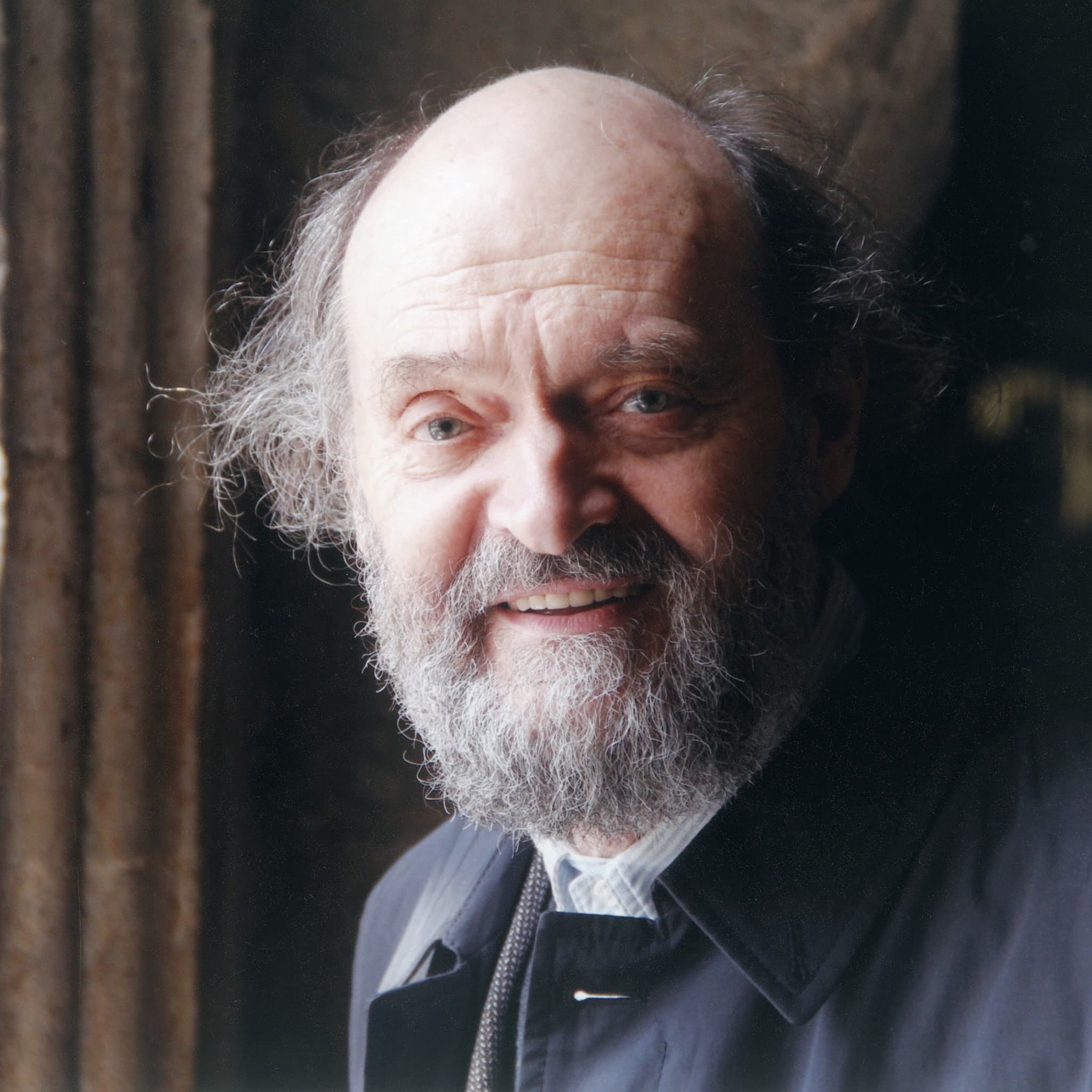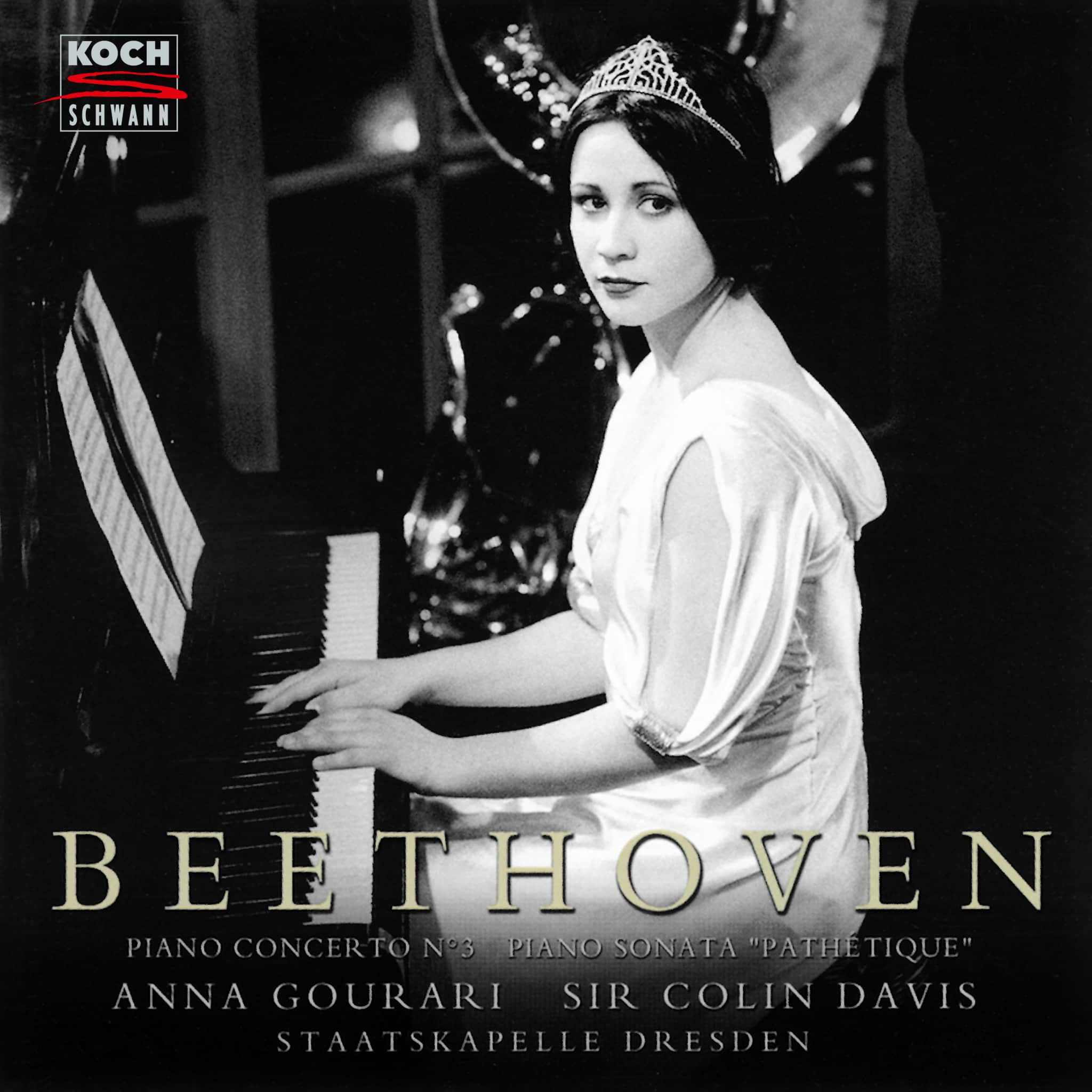Album insights
The Italian musical scene of the 17th and 18th centuries was significantly impacted by the oratorio genre. During Lent, when opera performances were banned, audiences turned to oratorio presentations addressing biblical or mythological themes, albeit without staging. Oratorio performances were particularly favored in Rome for being entertaining yet sufficiently pious to avoid papal disapproval.
Originating in the early 17th century from the efforts of Saint Philipp Neri and his Oratorian followers, oratorio performances attracted larger crowds to their prayer meetings than typical church services. The genre saw increased popularity among other religious groups and secular settings, notably in the lavish palaces of the nobility. Alessandro Scarlatti, born in Palermo and later residing in Rome, composed a significant portion of his 38 oratorios for Roman venues or noble patrons' palaces. While renowned for his opera compositions, Scarlatti also made notable contributions to various musical genres of his time.
Scarlatti's "Davidis pugna et victoria" oratorio, performed for the Arciconfraternita del Santissimo Crocifisso in 1700, portrayed the biblical tale of David and Goliath. The Latin oratorio, a complex musical undertaking, catered to an educated audience, surpassing mere didactic purposes. Scarlatti's composition showcased his skill in characterizing and interpreting the unfolding narrative, capturing the essence of the dramatic conflict and resolution portrayed in the biblical account.
The ode to David and Goliath in "Davidis pugna et victoria" unfolds with great musical finesse, blending recitative, arias, and choruses to heighten the tension and emotional depth of the confrontation. Through powerful vocal and instrumental passages, Scarlatti masterfully conveys the contrasting moods of characters like Saul's despair, Jonathan's optimism, and the fierce battle between David and Goliath. The oratorio culminates in a jubilant celebration of the Hebrews' victory, enlivened by expressive choral and solo performances.
Scarlatti's meticulous attention to detail, nuanced character portrayals, and dynamic musical structures in "Davidis pugna et victoria" reflect his mastery of the oratorio form and his ability to captivate listeners with a rich tapestry of sounds and emotions. The work's culmination, marked by a contemplative reflection on the transient nature of fate, leaves a lasting impression, showcasing Scarlatti's artistic prowess in crafting a compelling and gratifying musical experience for his audience.









